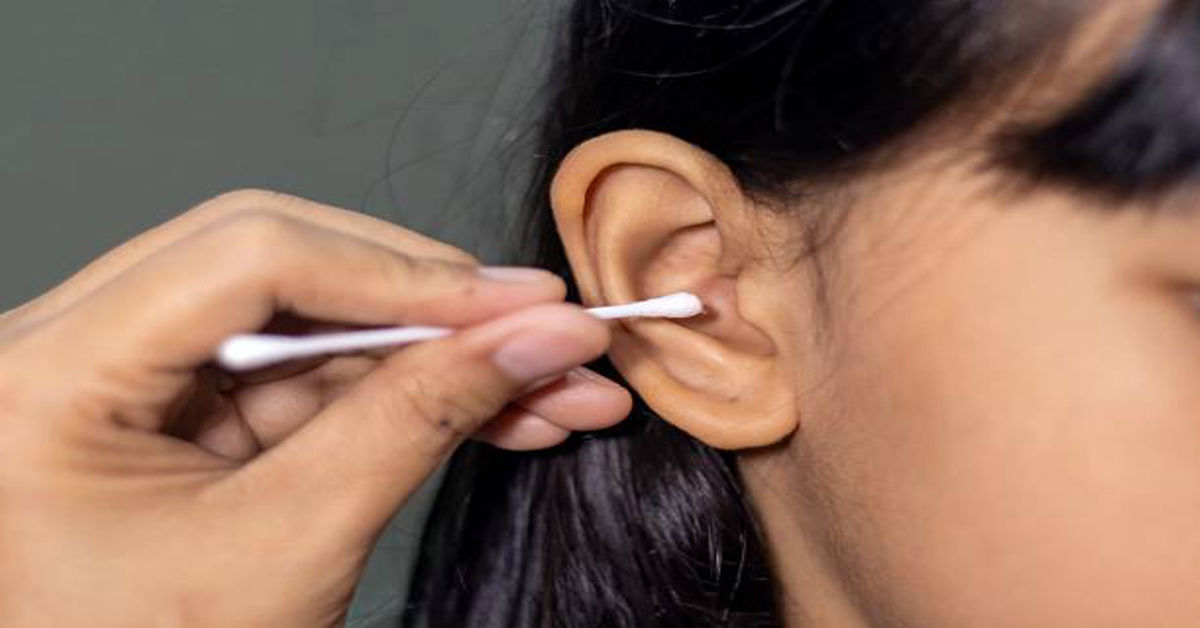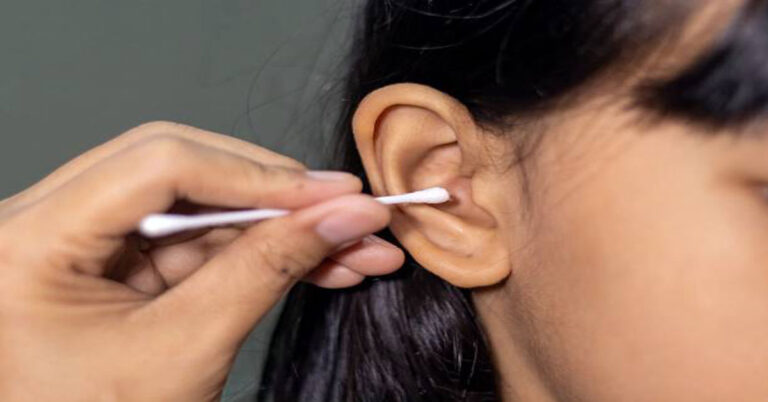
Ear health is a vital component of overall wellness, yet it is often overlooked in daily hygiene routines. Many individuals suffer from earwax buildup, infections, or discomfort caused by improper cleaning techniques or a lack of professional care. Searching for “ear cleaning near me” has become increasingly common as people recognize the importance of safe and effective ear care. Ear cleaning is not merely a cosmetic or comfort-related practice; it is essential for maintaining proper hearing, preventing infections, and avoiding damage to the delicate structures within the ear canal. This comprehensive guide explores everything related to ear cleaning services, including common methods, the role of healthcare professionals, risks of improper cleaning, techniques for at-home maintenance, and how to choose the right clinic or service in your area. By understanding these aspects in detail, readers can make informed decisions that protect their ear health and overall wellness.
Understanding Earwax and Its Role
Earwax, medically known as cerumen, is a natural substance produced by glands in the outer ear canal. Despite its sometimes unwanted presence, earwax plays several critical roles in ear health. It serves as a protective barrier, preventing dust, bacteria, and other foreign particles from entering the deeper structures of the ear. Earwax also lubricates the ear canal, reducing dryness and itching, and has antibacterial properties that help prevent infections.
However, problems arise when earwax accumulates excessively or hardens, leading to impaction. Symptoms of impacted earwax include hearing loss, tinnitus (ringing in the ears), dizziness, ear fullness, and discomfort. In such cases, professional ear cleaning becomes necessary. Searching for “ear cleaning near me” can connect individuals with clinics or professionals trained to safely remove cerumen without risking injury to the eardrum or ear canal.
Professional Ear Cleaning Services
Professional ear cleaning services are offered by otolaryngologists (ENT specialists), audiologists, and sometimes trained healthcare technicians. These services are designed to remove excess wax safely, treat underlying conditions, and educate patients about proper ear hygiene. Clinics typically offer several methods for ear cleaning, each tailored to the patient’s needs and the severity of wax buildup.
Common Professional Ear Cleaning Methods
- Manual Removal – Using specialized instruments such as curettes or suction devices, healthcare professionals manually extract earwax. This method is precise and effective for stubborn blockages.
- Irrigation (Ear Syringing) – Warm water or saline is gently introduced into the ear canal to flush out wax. Professional irrigation ensures proper pressure and technique, minimizing the risk of damage to the eardrum.
- Microsuction – This modern technique uses a small vacuum device under a microscope to remove wax with precision. Microsuction is often faster, safer, and more comfortable than traditional irrigation, making it suitable for sensitive ears or individuals with previous ear problems.
- Chemical Softening – Ear drops containing carbamide peroxide, mineral oil, or glycerin are sometimes applied before manual removal or irrigation. These drops soften the wax, making it easier to extract without trauma.
Table: Comparison of Professional Ear Cleaning Methods
| Method | Description | Advantages | Considerations |
|---|---|---|---|
| Manual Removal | Extraction with instruments | Precise, immediate results | Requires professional skill |
| Irrigation | Flushing with warm water/saline | Non-invasive, effective | Risk if pressure is incorrect |
| Microsuction | Suction under microscope | Safe, quick, comfortable | Requires specialized equipment |
| Chemical Softening | Softening drops before removal | Reduces hardness, eases extraction | Slow process, may require multiple sessions |
Benefits of Professional Ear Cleaning
Professional ear cleaning offers multiple benefits that go beyond merely removing wax. These include:
- Prevention of Hearing Loss – Regular removal of impacted wax maintains clear auditory pathways, supporting optimal hearing.
- Reduced Risk of Infections – Proper cleaning prevents bacterial buildup and minimizes the likelihood of otitis externa (outer ear infection).
- Safe Technique – Professionals use sterile, precise instruments and techniques, reducing the risk of perforating the eardrum or injuring the ear canal.
- Symptom Relief – Removal of wax can alleviate tinnitus, fullness, itching, and dizziness caused by impacted cerumen.
- Assessment of Ear Health – During cleaning, professionals can identify infections, inflammation, or structural abnormalities, providing early intervention if needed.
At-Home Ear Care and Maintenance
While professional cleaning is crucial for impacted wax, routine ear hygiene can be maintained safely at home with the right techniques. Improper practices, such as using cotton swabs, hairpins, or sharp objects, can push wax deeper into the ear canal and cause injury.
Safe At-Home Ear Cleaning Tips
- Ear Drops for Softening Wax – Over-the-counter drops containing mineral oil, glycerin, or carbamide peroxide can help soften wax gradually.
- Warm Water Irrigation – Gentle irrigation with a bulb syringe can flush soft wax from the ear, but care must be taken to use lukewarm water and minimal pressure.
- Avoid Inserting Objects – Cotton swabs should never be inserted deep into the ear canal; they can worsen impaction or damage the eardrum.
- Dry Ears Properly – After swimming or bathing, gently dry the outer ear with a towel to prevent moisture buildup and infection.
- Regular Monitoring – Individuals prone to wax buildup should schedule periodic professional cleaning, especially if hearing changes or discomfort occurs.
Identifying the Right Ear Cleaning Service Near You
Searching for “ear cleaning near me” can be overwhelming given the number of clinics and providers. Selecting a safe and reputable service involves considering several factors:
- Professional Credentials – Ensure that the provider is a licensed ENT specialist, audiologist, or trained healthcare professional.
- Method Availability – Clinics offering modern techniques like microsuction or safe irrigation may provide better comfort and outcomes.
- Patient Reviews – Feedback from previous patients can provide insight into the provider’s reliability, hygiene standards, and overall patient experience.
- Accessibility – Proximity to your location, ease of booking, and clinic hours are practical considerations for routine or urgent visits.
- Safety Protocols – Sterilization practices, use of disposable instruments, and adherence to infection control protocols are critical for safe care.
Risks of Improper Ear Cleaning
Attempting to clean ears improperly at home or visiting unqualified providers can result in significant complications, including:
- Ear Canal Injury – Sharp instruments or excessive force can cause cuts or abrasions.
- Eardrum Perforation – Puncturing the eardrum can lead to pain, hearing loss, and risk of infection.
- Infections – Introducing bacteria into the ear canal or leaving moisture behind can lead to otitis externa.
- Worsened Impaction – Using cotton swabs improperly can push wax deeper, exacerbating blockages.
Understanding these risks highlights the importance of professional care and safe at-home practices.
Special Considerations for Children and Elderly
Certain populations require extra care regarding ear cleaning:
- Children – Pediatric ear canals are smaller and more sensitive, making professional cleaning preferable. Wax buildup is common but should be addressed cautiously to avoid damage.
- Elderly – Age-related changes, such as drier wax or reduced ear canal flexibility, increase the risk of impaction. Professional cleaning ensures safe removal and minimizes complications.
For both groups, routine check-ups and preventive care are essential to maintain ear health and prevent hearing impairment.
When to Seek Professional Ear Cleaning
Professional cleaning should be sought when the following signs or conditions are present:
- Persistent hearing loss or muffled hearing
- Ear fullness, pressure, or discomfort
- Tinnitus or ringing in the ears
- Dizziness or balance issues related to ear function
- History of repeated ear infections or chronic wax buildup
Ignoring these symptoms or attempting aggressive at-home cleaning can lead to long-term complications, making timely professional care essential.
Technological Advancements in Ear Cleaning
Modern ear cleaning technologies have improved both safety and effectiveness. Microsuction under a microscope, digital otoscopes for inspection, and irrigation systems with controlled pressure are examples of innovations that enhance patient outcomes. These advancements allow providers to tailor care to individual ear anatomy, minimize discomfort, and detect underlying conditions during cleaning sessions.
Cost and Accessibility of Ear Cleaning Services
Costs for professional ear cleaning vary depending on the method, clinic, and location. Microsuction may be slightly higher than traditional irrigation due to equipment and expertise required. Many insurance plans cover medically necessary ear cleaning if there is a documented problem, while routine preventive cleanings may be out-of-pocket. Searching online for “ear cleaning near me” can help patients compare local prices, read reviews, and find clinics offering competitive rates and appointment availability.
Conclusion
Ear cleaning is a vital but often overlooked aspect of personal hygiene and health maintenance. Professional ear cleaning services ensure safe, effective removal of excess cerumen, reduce the risk of infection, and preserve hearing health. Understanding the mechanisms behind earwax buildup, safe at-home practices, and the benefits of professional intervention empowers individuals to make informed choices regarding ear care. By selecting qualified providers, using modern techniques, and maintaining routine hygiene, patients can enjoy optimal ear health, enhanced auditory function, and reduced risk of complications. Whether seeking preventive care or treatment for wax impaction, locating trusted “ear cleaning near me” services ensures both safety and comfort.
FAQs
1. What is the safest method for ear cleaning?
Professional methods like microsuction or manual removal by a licensed ENT are considered safest, minimizing the risk of injury.
2. Can I clean my ears at home safely?
Yes, using ear drops or gentle irrigation is safe, but inserting cotton swabs or sharp objects should be avoided.
3. How often should I have my ears professionally cleaned?
Frequency varies; most individuals benefit from cleaning every 6–12 months, or sooner if symptoms like blockage or hearing changes occur.
4. Are there risks to improper ear cleaning?
Yes, risks include eardrum perforation, infection, and worsened wax impaction. Professional care significantly reduces these risks.
5. How do I find a reputable “ear cleaning near me”?
Look for licensed ENT specialists or audiologists, check reviews, inquire about techniques offered, and confirm safety protocols.







